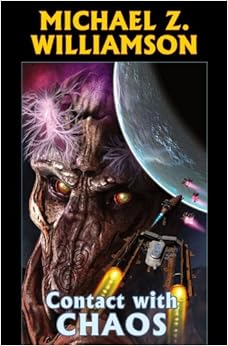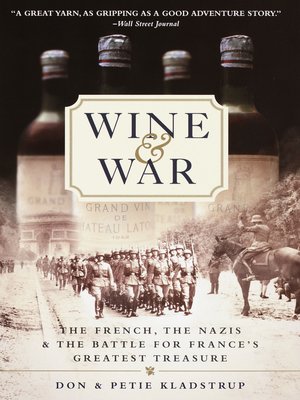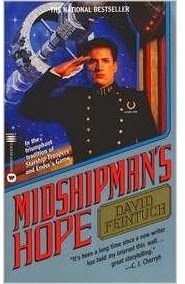I cut my 10-year-old teeth on the exciting pages of Zane Grey Westerns, which occupied most of three shelves in the public library of the small town in which I grew up. With The Finest Frontier Town in the West, I.J. Parnham has captured some of that flavor and rustic humor in this tale of a civic rivalry gone wrong.
As I read it, I kept hearing dialog from Blazing Saddles in my mind, with echoes of O. Henry's short story, The Ransom of Red Chief. Despite the less-than-heroic main characters, this book would be an excellent story to entice a young male reader. In fact, as I first began reading, I wondered if this wasn't a YA novel geared to male tastes.
The story follows a patent-medicine or "tonic" salesman named Fergal and his shill/bodyguard/sidekick Randolph as they become embroiled in the contest between two Western towns, New Utopia and Tender Valley, to win the title (and ten thousand dollars). You know right away that this will be a bumpy ride for these two men when you learn that they are remembered in Tender Valley mainly for the stomach pains and "rush to the bushes" their tonic provided for the townspeople on their previous visit.
But if that's the case, why are they welcomed with free drinks in the saloon and pats on the back? When inveterate salesman Fergal learns of the contest between the two towns, he proposes an ingenious scheme to insure that Tender Valley wins the title.
And that's when things start to fall apart. Literally.
At 192 pages, The Finest Frontier Town in the West seems like it would be short for a novel, but adequately novel length. After all, many of Zane Grey's novels were around 200 pages in length.
Actually, though, it is 192 pages in fairly-large type (in a locked-in font even on the Kindle) that seems designed to give the reader a feeling of perusing the pages of a nearly-faded epic found in the dusty corner of a room in a Western ghost town. In a user-chosen font and size, its length would be closer to novella.
Yet even though the author's font choice made it more difficult to read than it needed to be, I devoured this novel in one sitting. It's good. It's really good.














